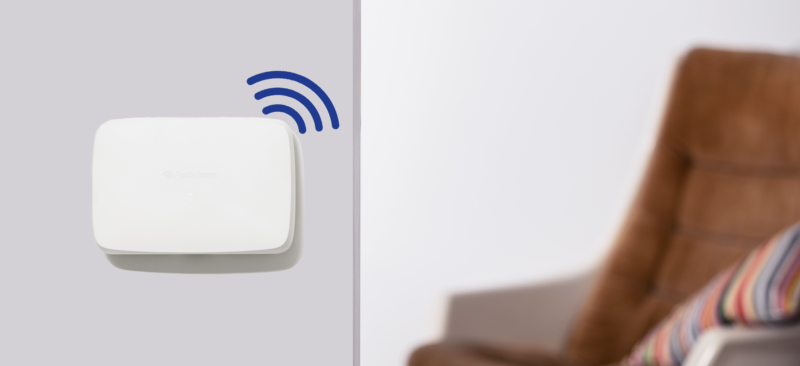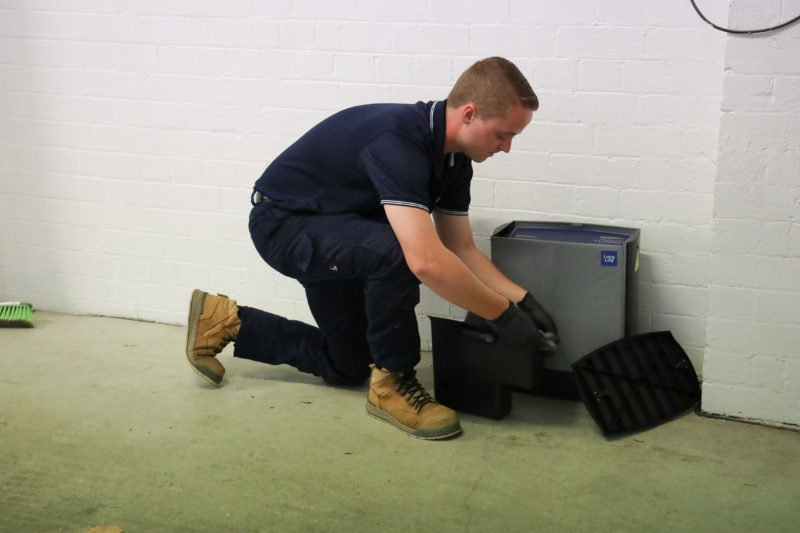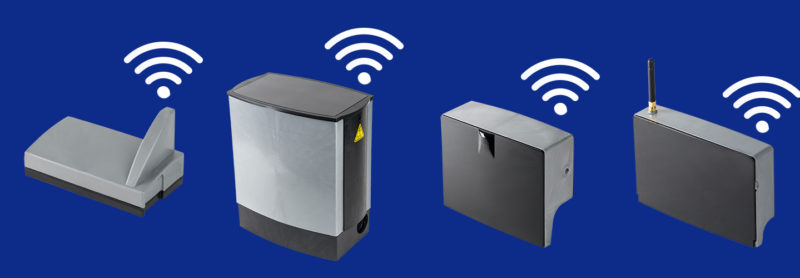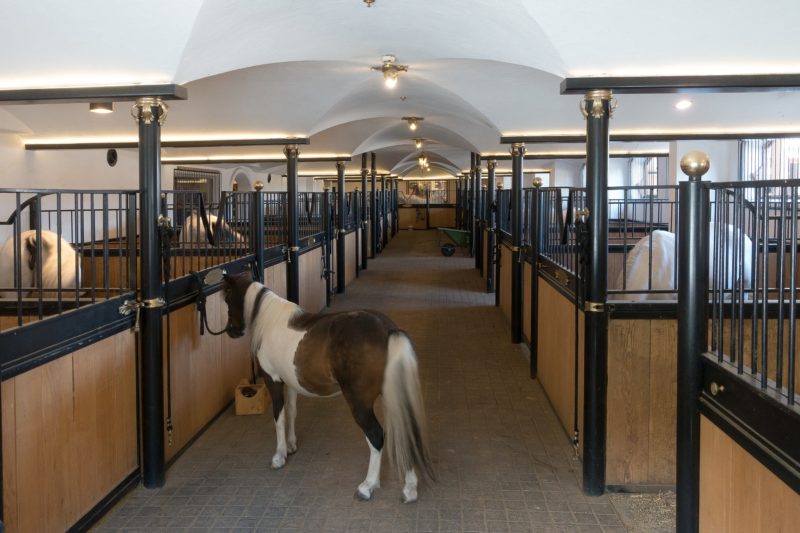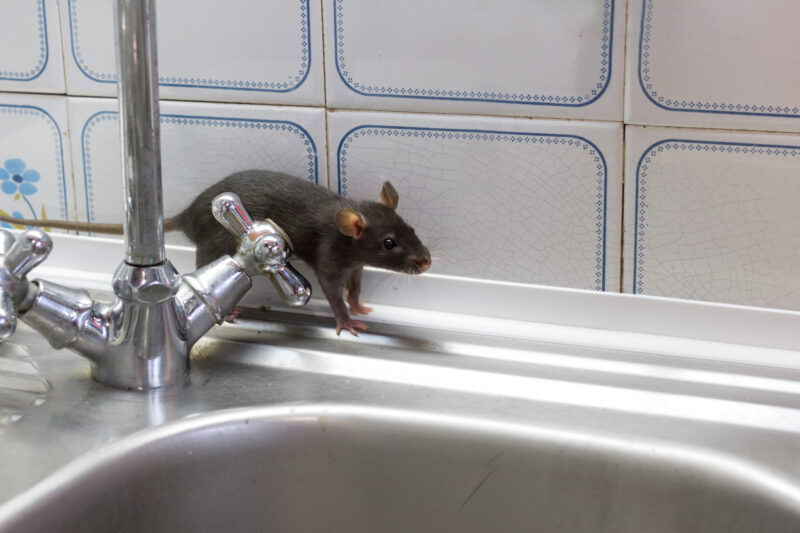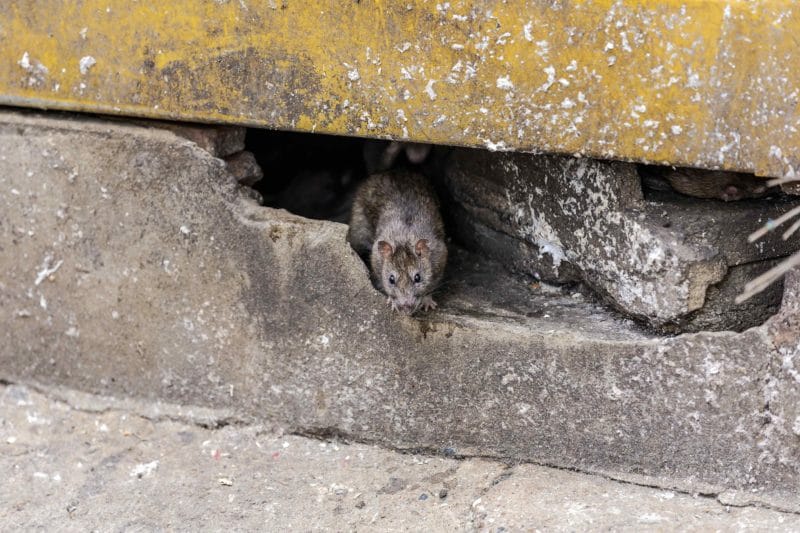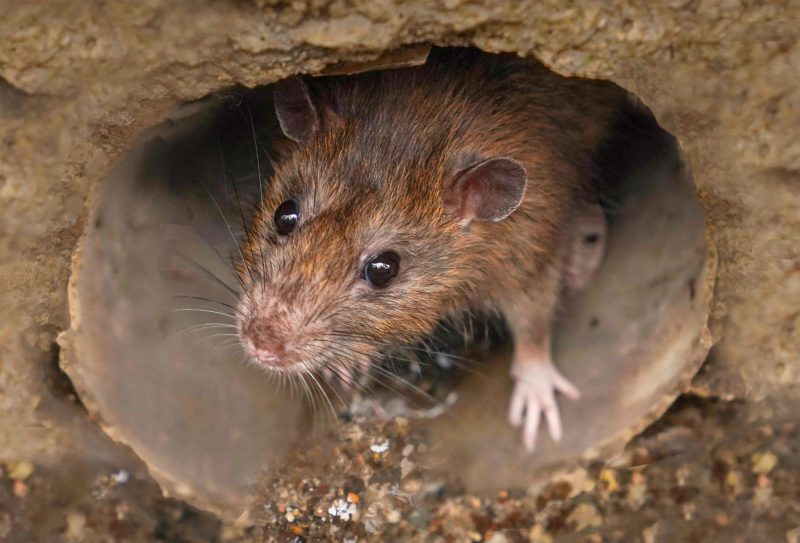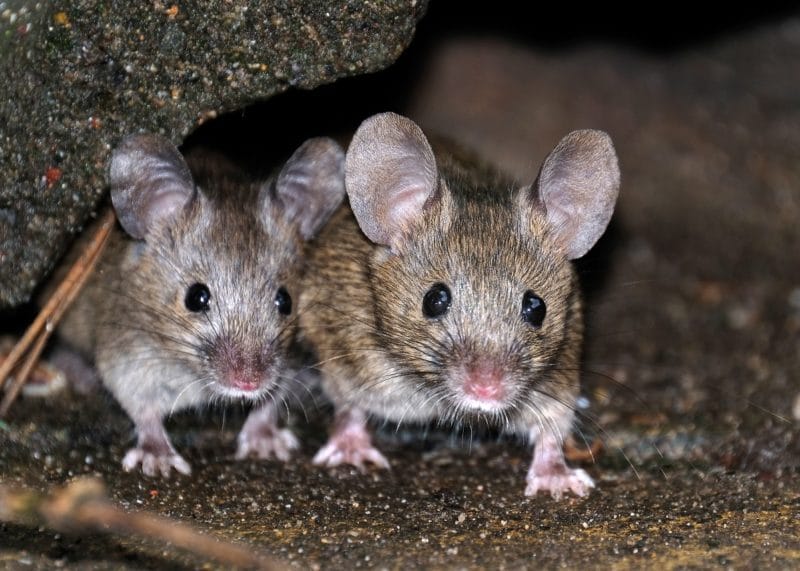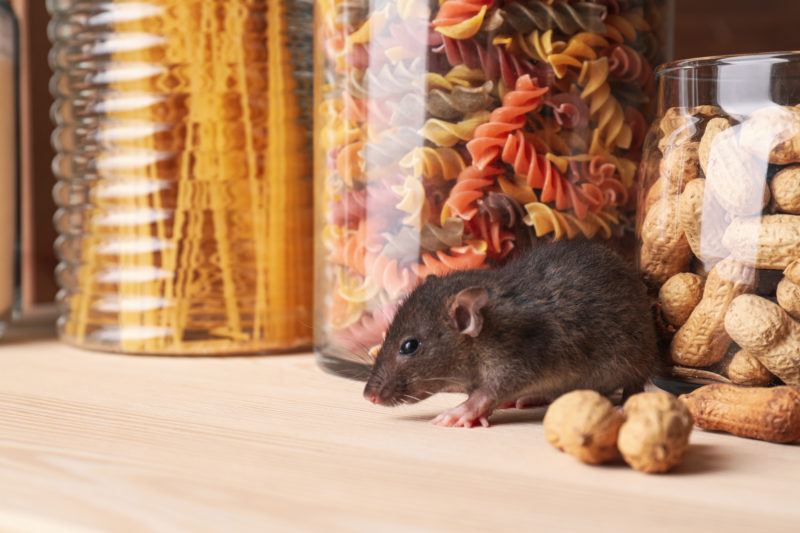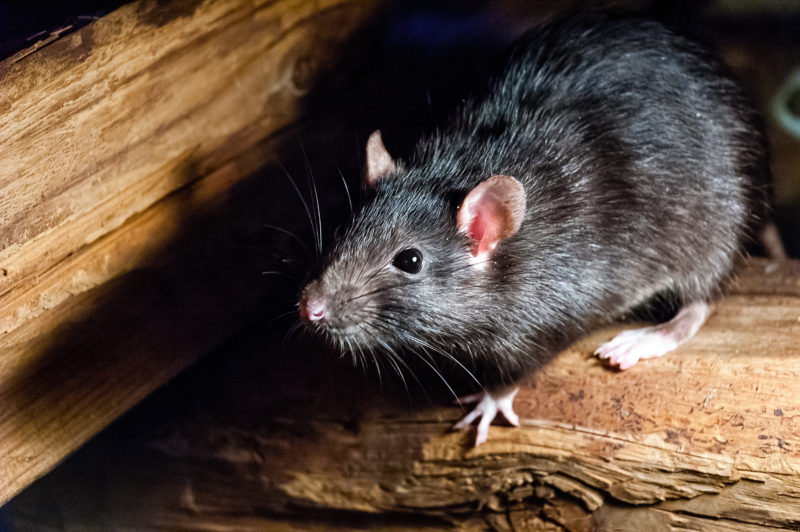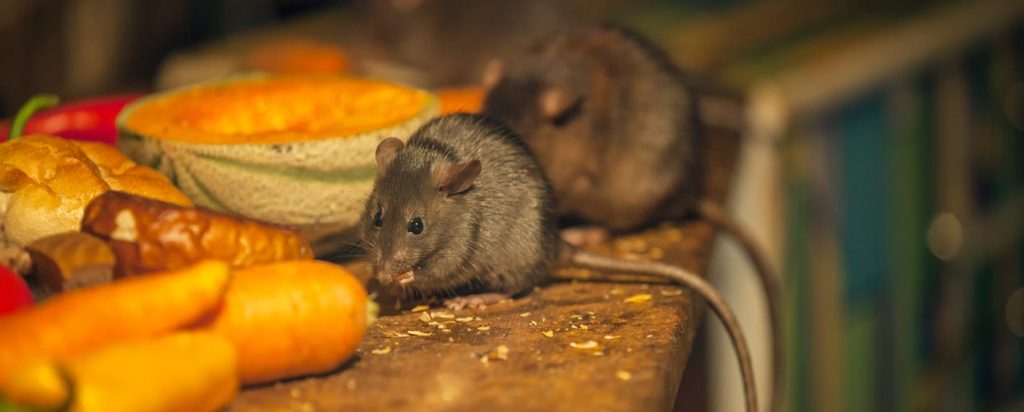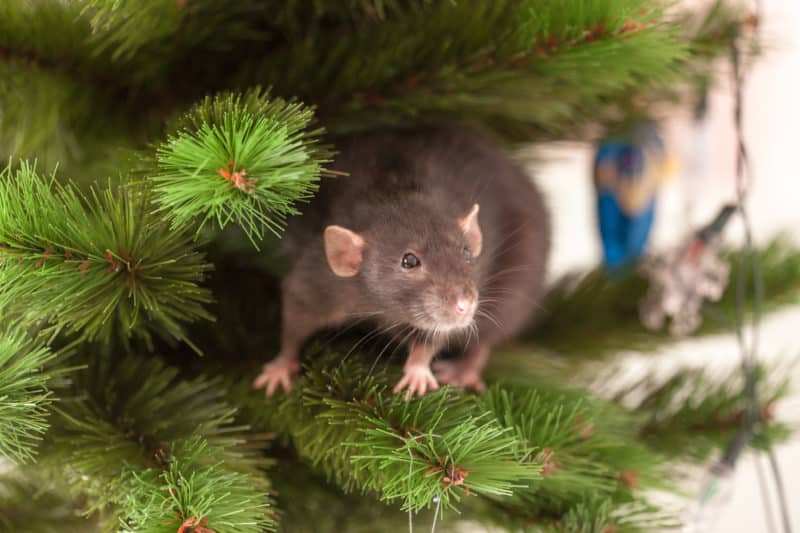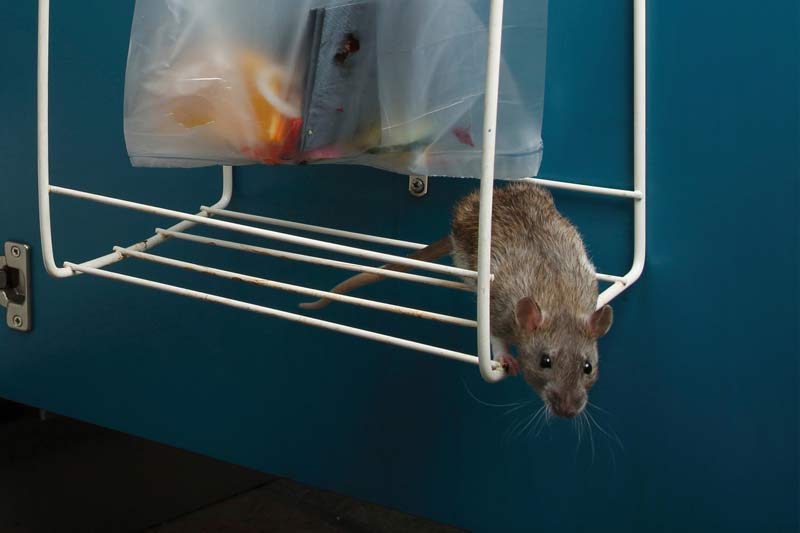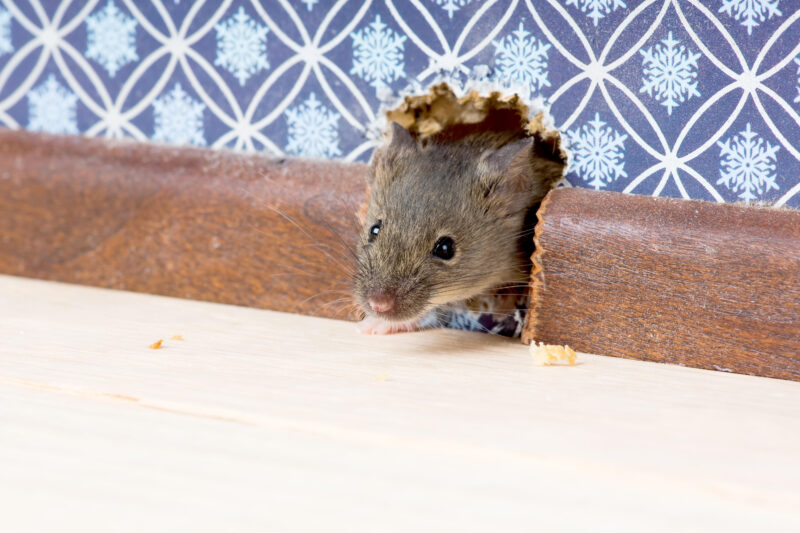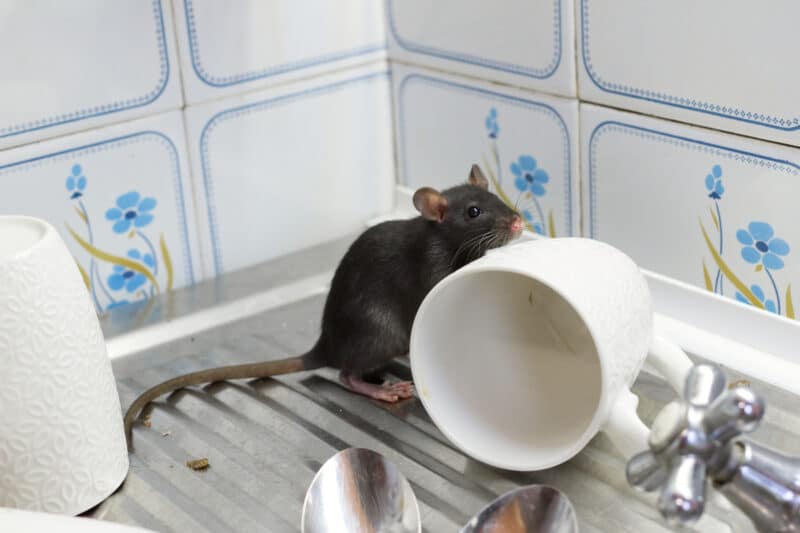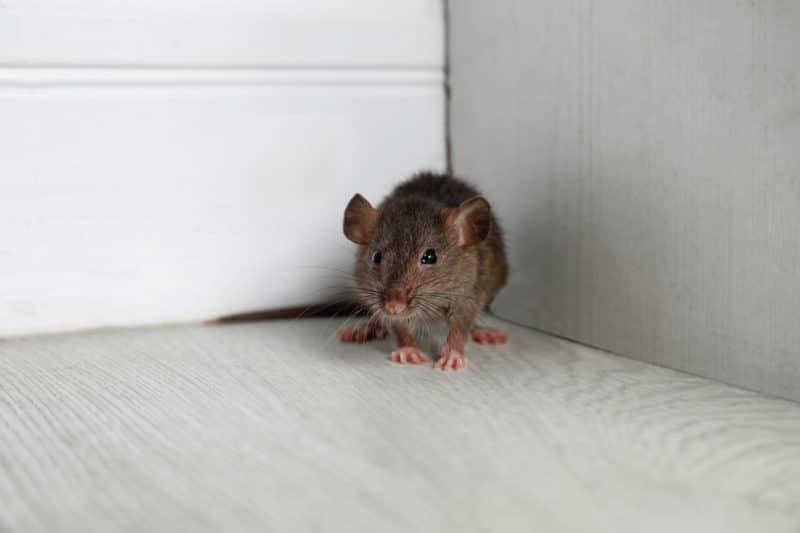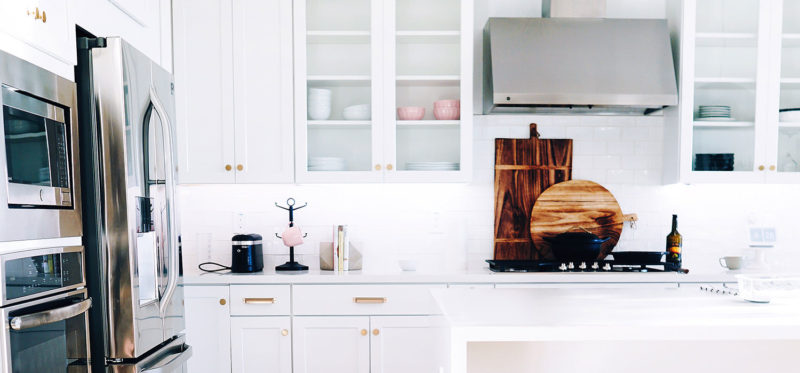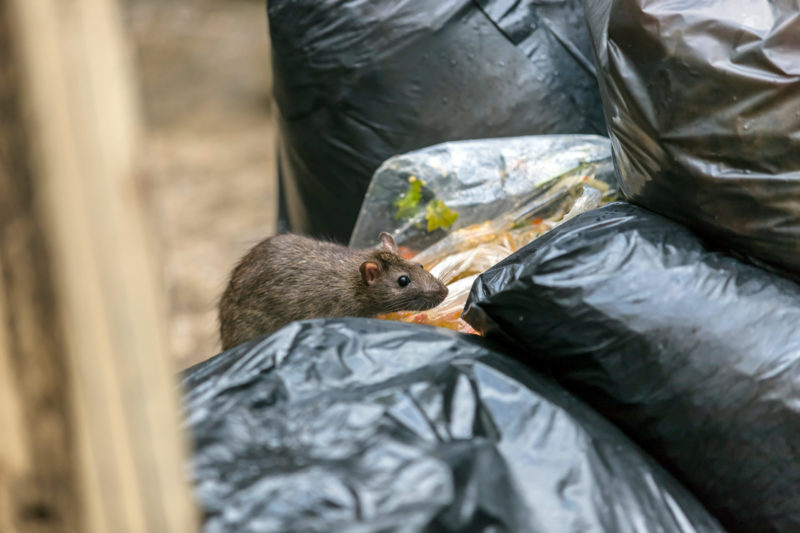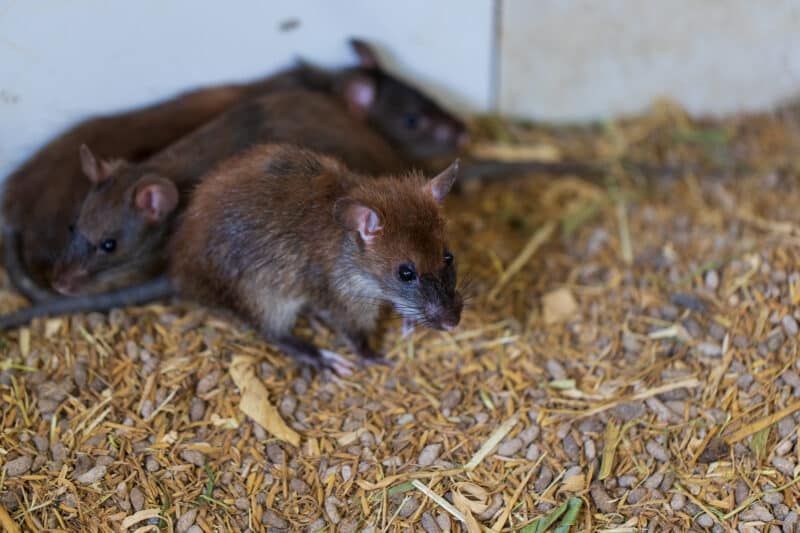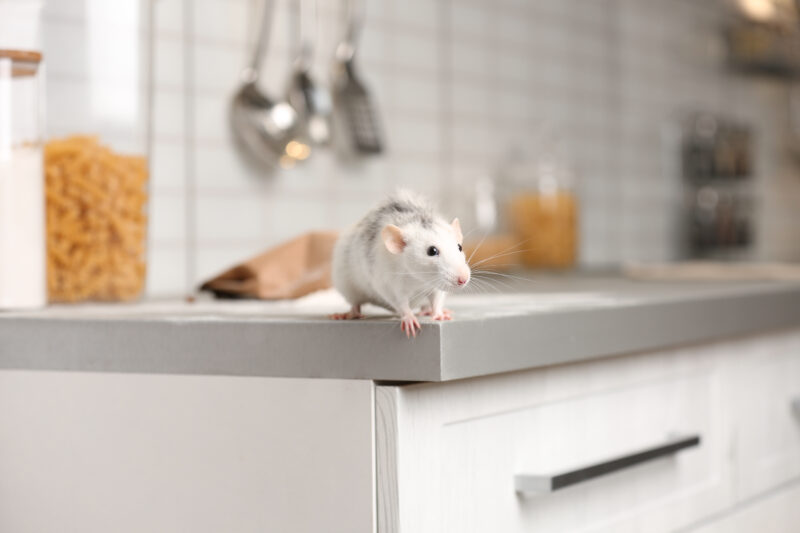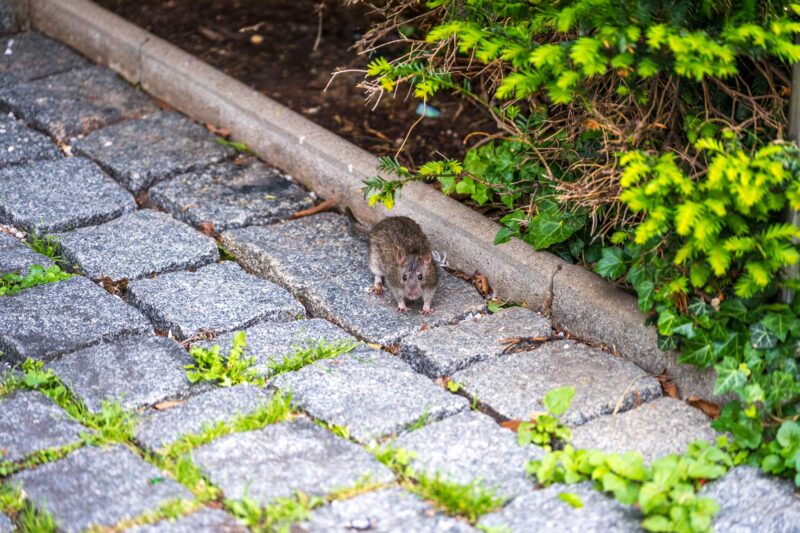Rodents
Rodents can wreak havoc on homes and businesses, causing serious loss of money and damaging health. They are omnivores, meaning they eat all kinds of food and products. Thanks to their constantly growing incisors, they have a great need to chew on everything they come across. Known carriers of disease, they spread bacteria and germs through copious amounts of urine and droppings. Rodents will damage anything they come across, from your home’s insulation, to chewing through electrical cables, floor joints and walls. They undermine your building structure and retaining walls as a result of their burrowing. The principal pest rodents in Australia are the House Mouse, Roof Rat and Norway Rat. They reproduce extremely quickly and can become a major problem for households and businesses, which is why rodent pest control is important. Find out more when you download our Rodent Fact Sheet!
Looking for a non-toxic solution for your rodent problem? Learn more about our SMART Digital Pest Control available for homes and businesses.
Flick Home Protection makes protecting your family and home from pests easier than ever. Our effective and affordable pest control plans include exclusive 12 month warranty. Rodents are included in our Gold Complete Home Protection Plan, along with 24/7 SMART Digital Rodent Monitoring. Find out more here.
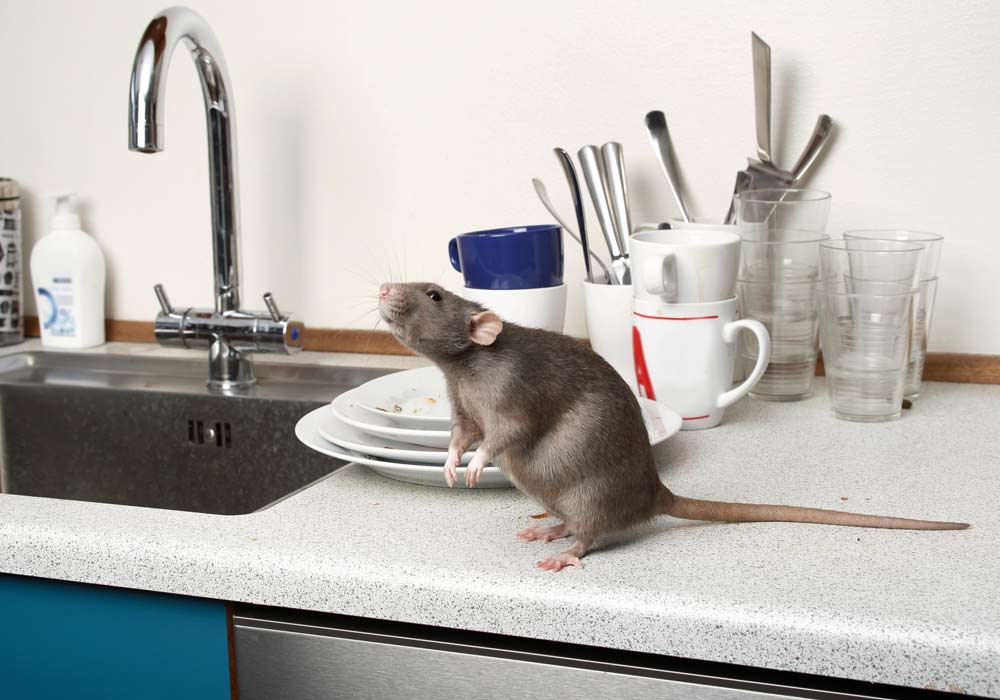
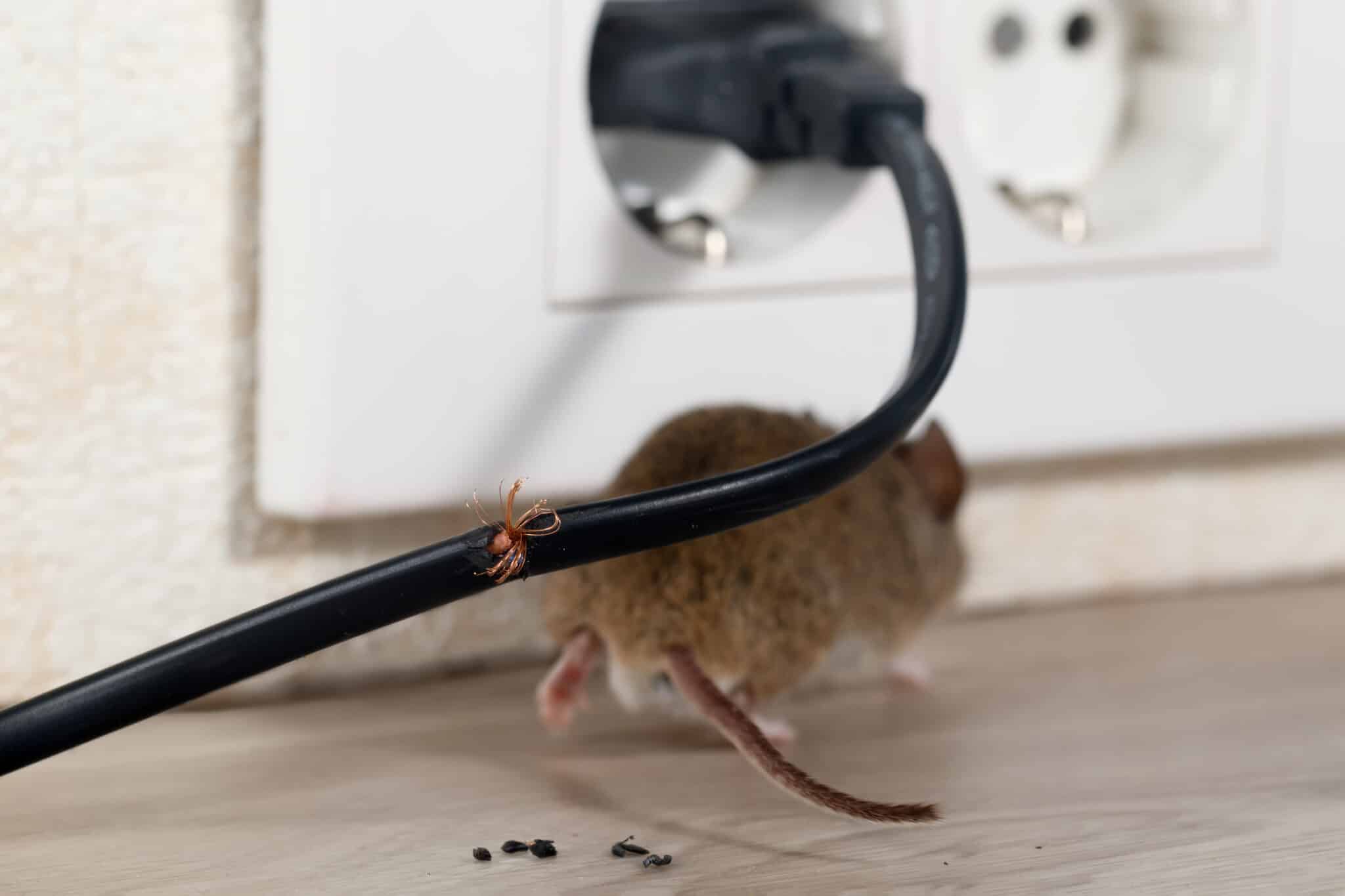
How to Identify Rodents
Signs of a rodent infestation include the presence of rodent droppings, gnawed items, and nesting materials. Rodent droppings can be found in areas where they frequent, such as along baseboards, in cabinets, or under sinks. Gnawed items, such as food packaging or furniture, are also a common sign of rodents. Additionally, nesting materials such as shredded paper, fabric, or insulation may be found in hidden areas like wall voids or attic spaces.
Rodents are most active at night, so signs of their activity may not be immediately noticeable during the day. They are attracted to food sources, making kitchens and pantries common areas for infestations. It is important to keep food stored in airtight containers and to promptly clean up crumbs or spills to eliminate attractants for rodents.
In addition to droppings, gnawed items, and nesting materials, other signs of a rodent infestation may include greasy rub marks along walls or baseboards, as well as a musky odour in areas where they are present. By being vigilant for these signs and promptly addressing any issues, you can help prevent and control rodent infestations in your property.
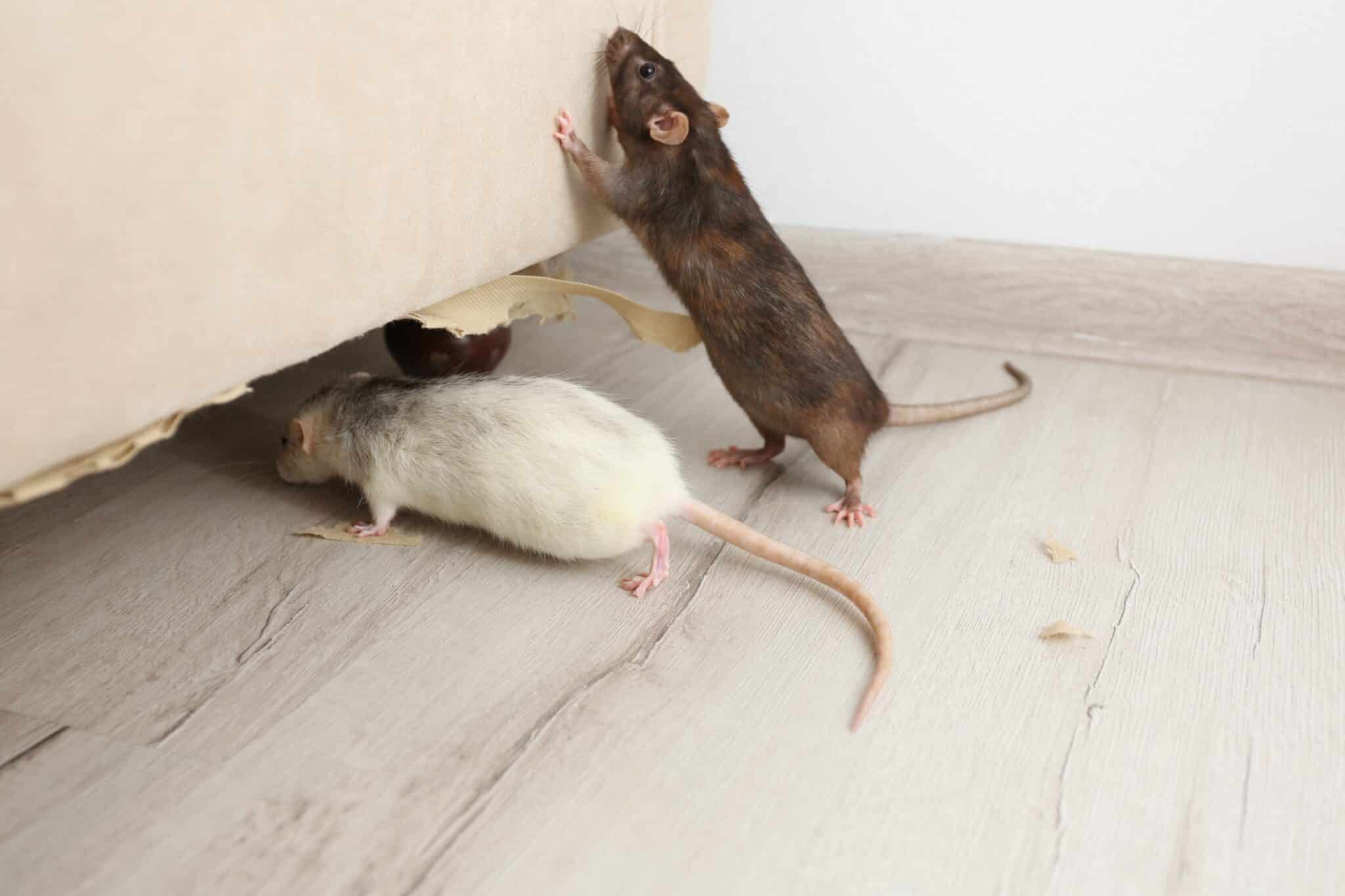
Preventative Measures for Rodents
Rodents can be a nuisance and cause damage to homes and buildings. To prevent their entry and infestation, several measures can be taken. First, it is important to seal all entry points where rodents can gain access into the building. This includes cracks in the walls, gaps in doors and windows, and openings around pipes and vents. Using materials like silicone caulk, steel wool, and metal mesh can help in sealing these entry points effectively.
Additionally, it is crucial to keep all food stored in airtight containers to prevent attracting rodents. This includes pet food, birdseed, and any other edible items. Maintaining a clean environment by regularly cleaning up crumbs and spills, and properly disposing of garbage can also deter rodents from entering the premises.
Regularly inspecting the premises for signs of infestation, such as droppings, gnaw marks, and nesting materials, is also important in order to address any potential rodent issues early. Flick Pest Control’s SMART Digital Rodent Monitoring offers 24/7 monitoring in order to accurately identify any rodent activity early on. With early detection, a rodent infestation can be monitored and treated efficiently to prevent extensive and costly damage. By implementing these preventative measures, the risk of rodent infestation can be greatly reduced.
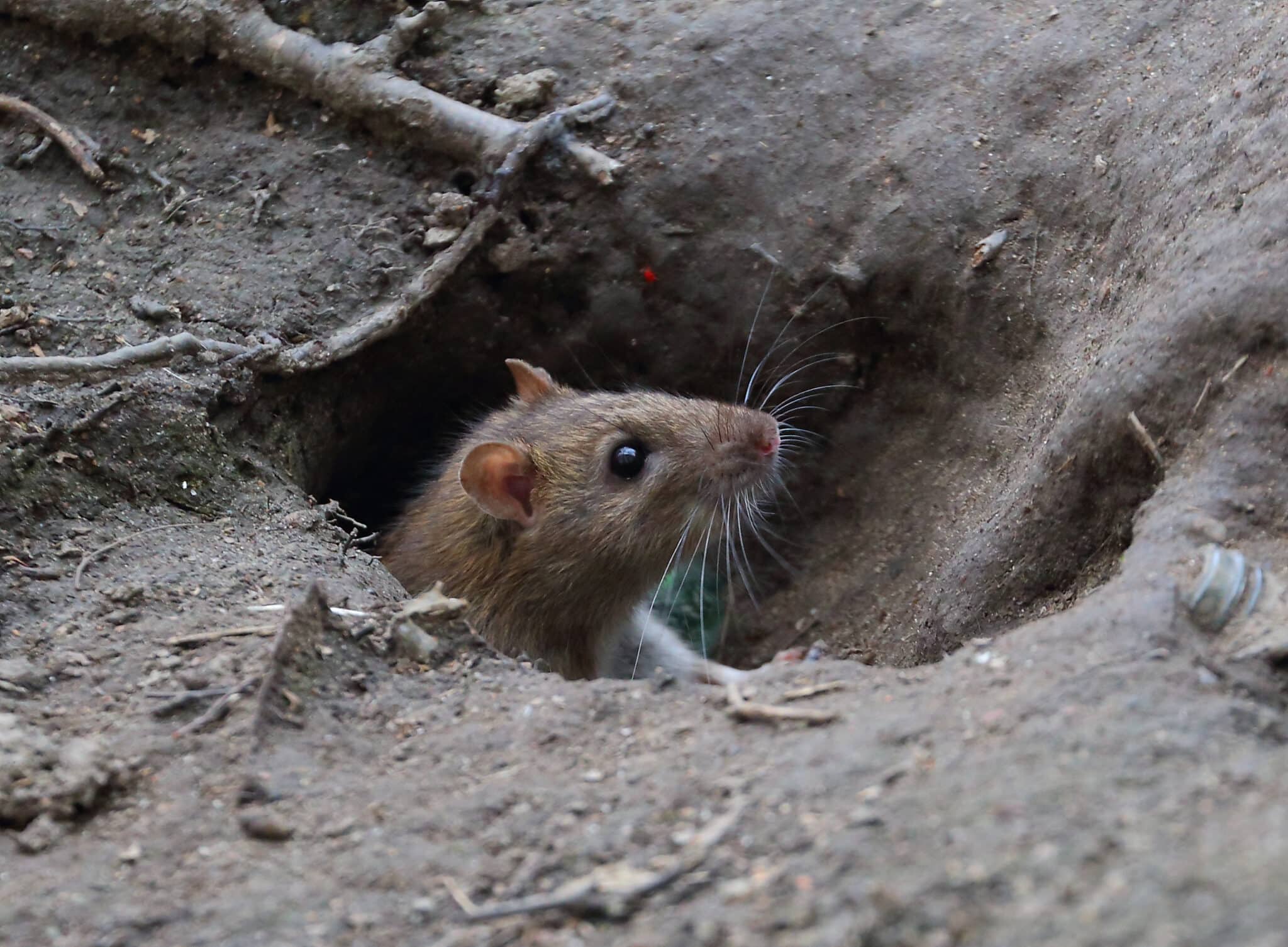
How Rodents Are Treated
Flick Pest Control is a trusted name in rodent treatments and will perform a full site analysis to determine the extent of the problem, locating nesting sites and considering environmental conditions.
If rodent activity is detected, an Integrated Pest Management solution will be devised, consisting of proper sanitation, traps, baits, and insecticides. We have numerous customised solutions available, which will be implemented accordingly depending on the situation and scale of the infestation. Don’t let rodents harm your property and residents – contact us today to determine which solution is best for you.
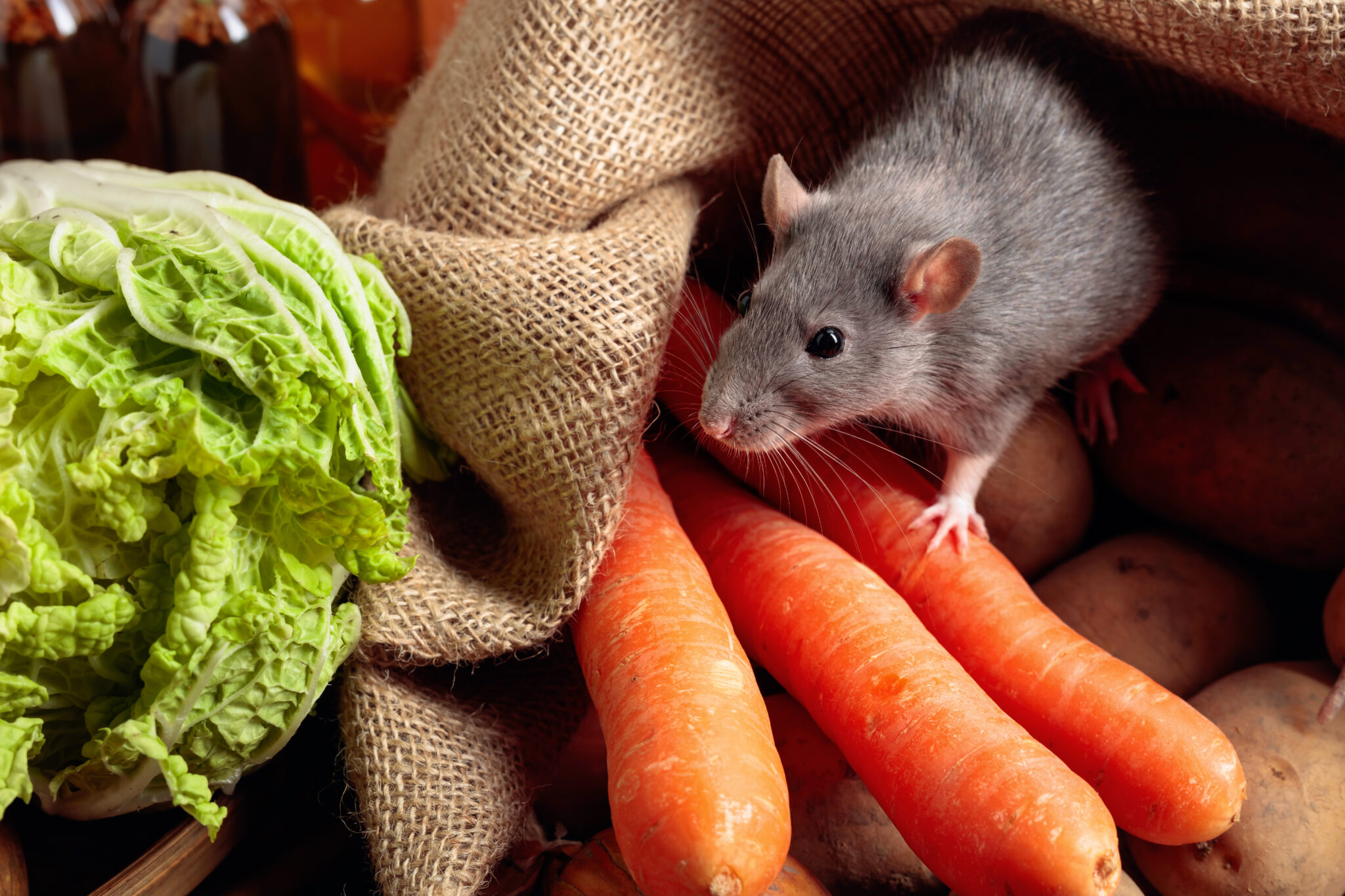
Understanding the Risks: More Than Just Scurrying Sounds
The dangers posed by rats and mice extend far beyond the annoyance of their presence. Their habits and biology introduce a range of serious risks:
- Contamination of Food Sources: Rodents are indiscriminate in their movements, often traversing unsanitary environments before venturing into our homes and businesses. Their urine, droppings, and shed fur can directly contaminate food preparation surfaces, stored goods, and even open food items. This contamination can introduce harmful bacteria and pathogens, leading to foodborne illnesses.
- Transmission of Diseases: Rats and mice are known vectors for a variety of diseases that can be transmitted to humans through direct contact, bites, or contact with their waste. These include potentially serious conditions such as leptospirosis, salmonellosis, hantavirus, and rat-bite fever. Protecting your environment from these disease carriers is paramount for public health.
- Electrical Fire Hazards: A particularly insidious risk associated with rodent infestations is their tendency to gnaw on electrical wiring. Their constantly growing incisor teeth necessitate regular gnawing to keep them trim. Electrical cables, with their protective insulation, often become targets. This chewing can strip the insulation, leading to short circuits, overheating, and a significantly increased risk of electrical fires within your property.
- Structural and Material Damage: Beyond wiring, rodents can cause significant damage to a building’s structure and various materials. They will gnaw on wood beams, plasterboard, insulation, and pipes to create nests or gain access to different areas. This can compromise the structural integrity of your property, lead to costly repairs, and even reduce energy efficiency due to damaged insulation. Their burrowing activities can also undermine foundations and landscaping.
The importance of early detection and swift intervention cannot be overstated. Allowing a rodent infestation to take hold can lead to a rapid escalation of these risks, resulting in more extensive damage, increased health hazards, and higher costs for remediation.
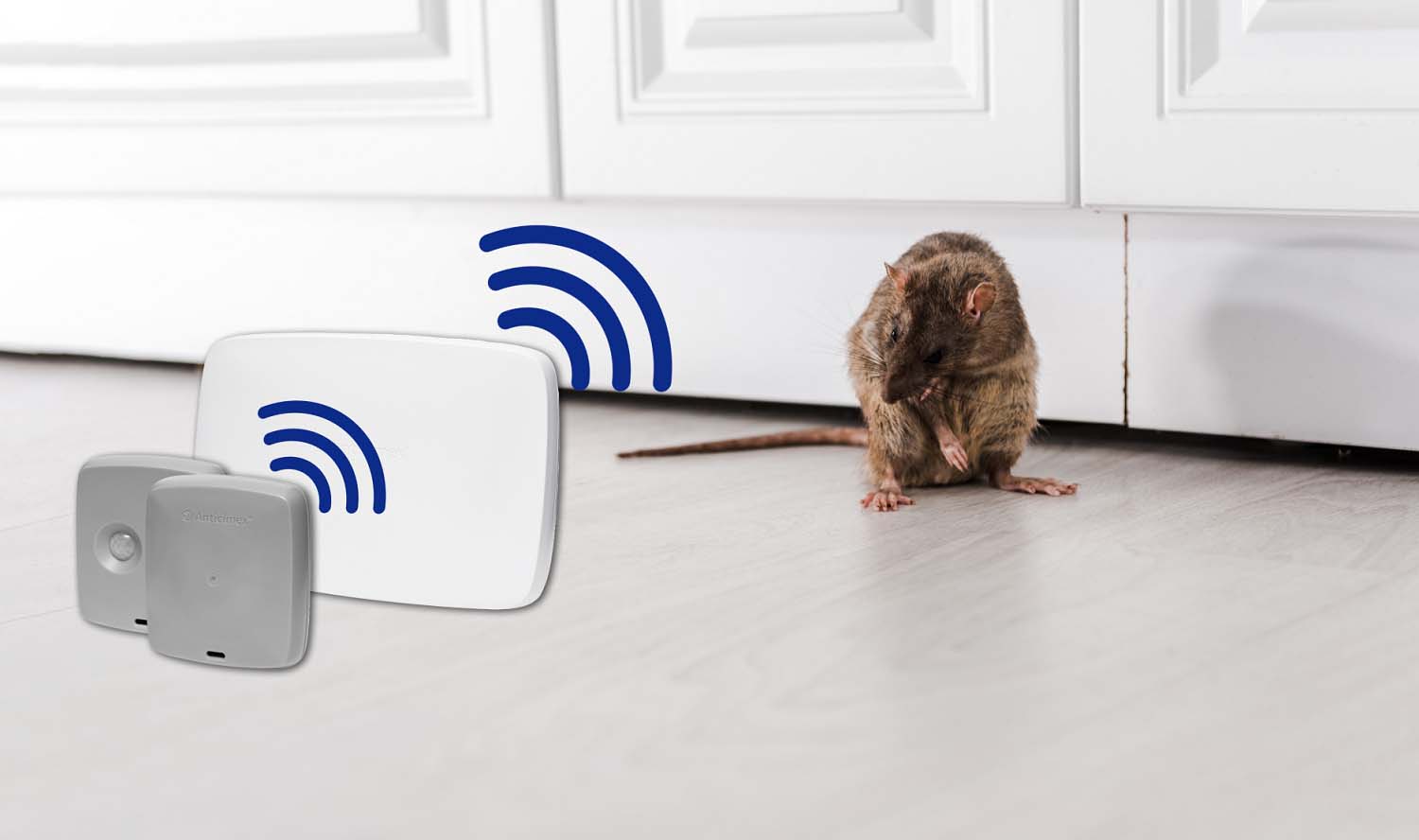
SMART Digital Rodent Monitoring: The Future of Pest Control
Flick Pest Control is at the forefront of pest management, embracing cutting-edge technology with our SMART Digital Rodent Monitoring system. This innovative approach offers a multitude of advantages over traditional methods:
- Non-toxic Solutions: A Safe and Sustainable Approach: Our SMART system prioritises the safety of your family, pets, and employees by eliminating the need for harmful chemical poisons. Instead, we utilise sophisticated detection and trapping mechanisms that are both effective and environmentally responsible. This aligns with a growing preference for sustainable pest control practices.
- 24/7 Real-Time Monitoring: Uninterrupted Surveillance: Unlike traditional bait stations that require periodic manual checks, our SMART sensors provide continuous, around-the-clock surveillance for rodent activity. Infrared sensors and other advanced technologies can detect even subtle movements, ensuring that you are alerted to a potential issue the moment it arises.
- Proactive Prevention: Stopping Problems Before They Start: By continuously monitoring your property, the SMART system can also help identify potential entry points and conducive conditions that may attract rodents. This allows for proactive measures to be taken to seal vulnerabilities and prevent future infestations.
- Wireless and Intelligent Network: The SMART devices communicate wirelessly through a secure and robust mesh network, ensuring reliable data transmission without interfering with your existing Wi-Fi or other wireless systems. The intelligent design of the system allows for scalability and easy expansion to cover larger properties.
This advanced system offers unparalleled peace of mind through continuous protection and is a significant leap forward in effective and responsible pest control rats and mice. It is ideally suited for both residential properties seeking a safe and discreet solution and commercial businesses requiring robust and compliant pest management.
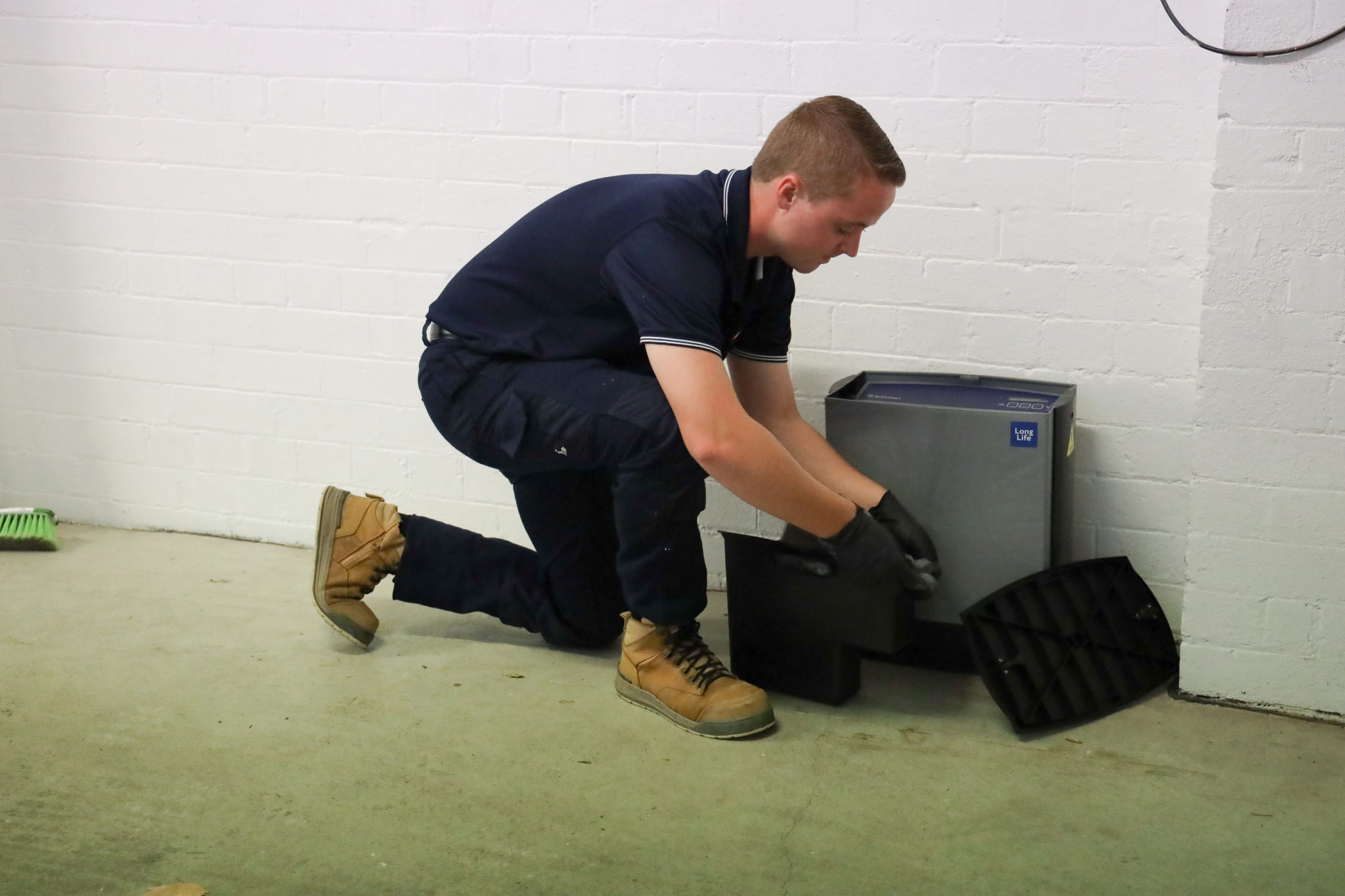
Why Choose Flick Pest Control? Your Trusted Partner in Pest Management
- Leading-Edge SMART Technology: We provide access to the most advanced digital rodent control solutions available for both homes and businesses, offering superior monitoring and targeted interventions.
- Prioritising Non-Toxic Options: We are committed to environmentally responsible pest control, utilising non-toxic methods whenever possible to ensure the safety of your family, pets, employees, and the wider environment.
- Unwavering 24/7 Monitoring: Our SMART systems provide continuous protection and early detection, allowing for swift action to prevent minor issues from becoming major infestations.
- Truly Customised Plans: We understand that one size does not fit all. Our experienced technicians develop tailored solutions based on a thorough assessment of your specific property and pest issues.
- Highly Experienced and Reliable Technicians: Our team of certified and trained pest control professionals is dedicated to providing effective, discreet, and reliable service, ensuring your peace of mind.
Don’t let rodents compromise the safety, health, and integrity of your property. Contact Flick Pest Control today to schedule a comprehensive inspection and discover how our innovative, non-toxic rodent control solutions can provide lasting protection. Call us at 1300 270 019 or visit our website at Flick Pest Control for more information and to book a service.
Shield Your Family & Home Year Round from Rodents
Flick's Home Protection Plans
Flick's Home Protection Plans provide effective and affordable protection for your home and family from a wide range of pests. Our Gold plan includes preventive measures to stop rodents from entering your home in the first place, as well as reactive and emergency rodent pest control services if needed. All plans come with a 12-month warranty* and easy monthly payments. With a variety of plans to choose from, you can find a plan that meets your specific needs and budget. Contact your local Flick branch to see if Home Protection is available in your area and begin shielding your family from rodents today!
Commercial Pest Solutions
Integrated Pest Management Solutions
Our Integrated Pest Management program uses the latest technology focusing on prevention and addressing the root of the causes of pest problems to ensure a pest free environment for commercial workplaces and facilities. Our solutions are tailored to proactively prevent and help mitigate the impact and risk of a pest infestation. We combine tailored multi-faceted solutions with our latest digital pest technology supported by our highly regulated experienced team of technicians to bring you the best in pest control. Let us create a customised plan for your workplace today.
SMART Digital Pest Control
Our SMART Pest Control is an intuitive digital pest control system that keeps an eagle eye on your business with automated detection of rodents, cockroaches and moths. SMART technology will monitor rodent activity around the clock. On detection, the technology instantly reacts, records and reports activity, using non-toxic methods trapping rodents in an environmentally friendly way. Combine SMART automation with our regular pest control services for integrated, blanket protection against all major pests.
Common Rodent Questions
Where do rodents live?
Rodents thrive in a variety of areas, particularly in urban environments. In residential properties they live in wall cavities, cupboards, boxes, furniture and burrows in gardens. Commercial properties are always a target especially where there is waste and open pastures. They can affect any type of business even if its clean and tidy as the conditions inside and outside the premises play an important role.
When are rodents active?
Rodents are nocturnal animals, so they are most active between dusk and dawn. They don’t like bright lights. Seeing them during the day can be a sign of a large infestation, as they are competing for food. A mouse can slip through a hole the size of a pencil; or gnaw an opening until it is big enough. They are athletic creatures! A mouse can jump 13 inches high, plus run along wires, cables and ropes. Able to scale rough and vertical surfaces, they are excellent jumpers, swimmers and climbers.
Why are rodents considered pests?
Rodents are a tough, hardy groups of animals. Once they infiltrate your property, they can be extremely difficult to get rid of. It’s crucial to get rid of rodents before they spread disease, soil food or damage your property. A rodent can also be dangerous outdoors in your backyard, as they may infect pets and children. Inside, they can ruin insulation, chew through electrical cables and cause fire hazards. They can contaminate foods with bacteria like salmonella and spread many diseases. Diseases include leptospirosis, rickettsial diseases, typhus and trichinosis.
What are the key signs of rodent activity?
Watch out for rodent droppings. When fresh, these are malleable and shiny. After 2-3 days, they become hard and lose their sheen. Mouse dropping are smaller (3-6mm) and pointy, while rat droppings are blunt and can measure up to 12mm. Rodents may also leave a greasy residue on surfaces, especially with a large infestation. Other signs include rodent tunnels, squeaking and gnawing at night, and bite marks on wood, cables and metal. Gnawing helps sharpen and file their ever-growing incisors
How do I dispose of a dead rodent?
During the extermination process, you may need to dispose of a dead rodent. Make sure you keep pets away, as rodents carry germs and diseases, and may also have been poisoned. Empty traps with rubber gloves, wrap them in newspaper and dispose of them in the trash. Don’t bury them as they could be dug up at a later date by a pet or wild animal. If you suspect that there is a dead rodent stuck in an inaccessible wall cavity, it’s a waiting game. It needs about two weeks to dry out and start decomposing, after which the smell will be gone. Odour reducing products are available if it is unbearable.
Common Rodent Species
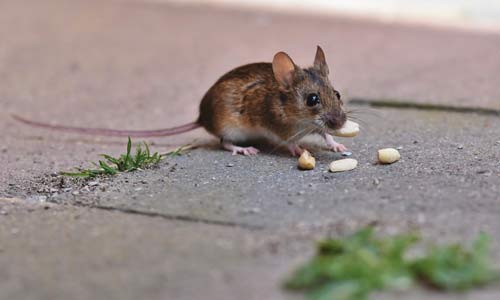
House Mouse
Apppearance
Slender with a pointed nose, grey or brown fine fur. Weighs approximately 20g, tail as long as body and partly naked. Large hairy ears.
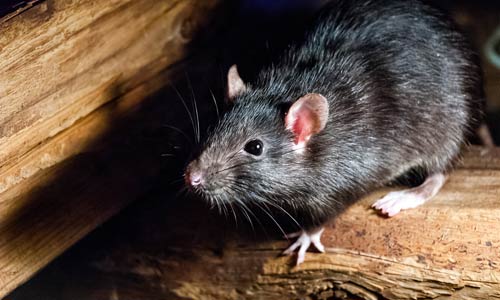
Roof Rat
Apppearance
Approximately 260g. Slender body with large, almost hairless ears. Grey, black or brown, may have a white belly. The Roof Rat is also known as the Black Rat.
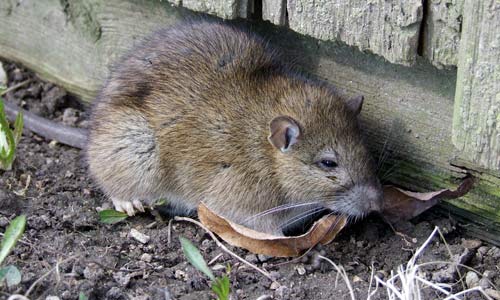
Norway Rat
Apppearance
Weigh approximately 450g. Heavy-set body with a blunt nose. Red/brown fur with small ears and a short tail.
I found Rodents! Help!
Don't worry, we're here to help. Follow these steps to stay safe until help arrives!
Call a Professional
Call Flick Pest Control Immediately.
If you encounter rodents in your home or business, you may be dealing with an infestation. Don’t wait until the problem gets out of hand – we can help protect your property and ensure the health and safety of those around you. Fill out the form below or call 1300 270 019 today.
Leave the Rodents Alone
Trust Flick Pest Control to handle the situation
Our pest control technicians have the knowledge, experience, and tools necessary to effectively and safely eliminate pests from your home or business. Attempting to treat rodents on your own can be risky and may not fully eradicate the problem.
We will and ensure a safe and effective outcome for your property.
There May be More!
Don’t Go Looking Around!
Flick’s pest control experts will perform a thorough inspection of the property to identify any areas where rodents may be present, followed by the development of a treatment plan tailored to the specific needs of the situation. By implementing effective pest control strategies, we can help ensure a pest-free environment for you.



